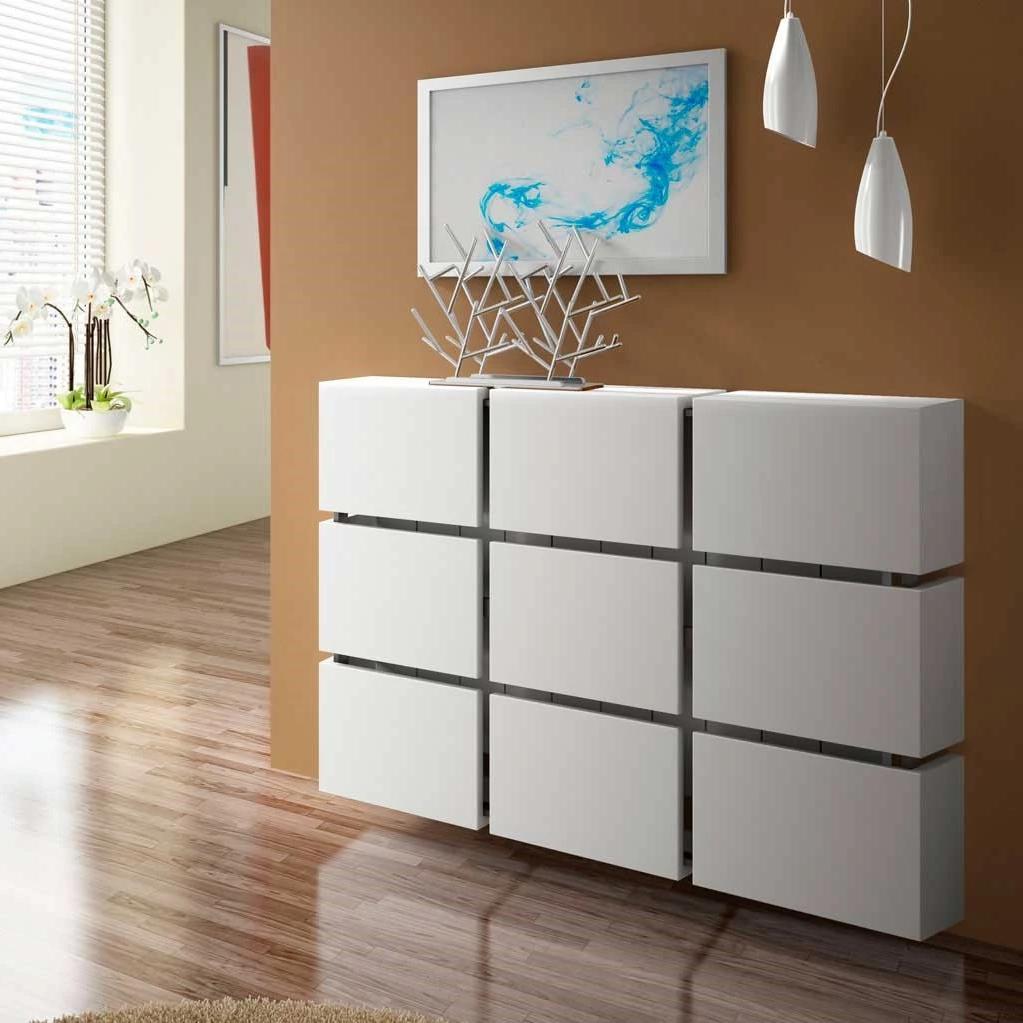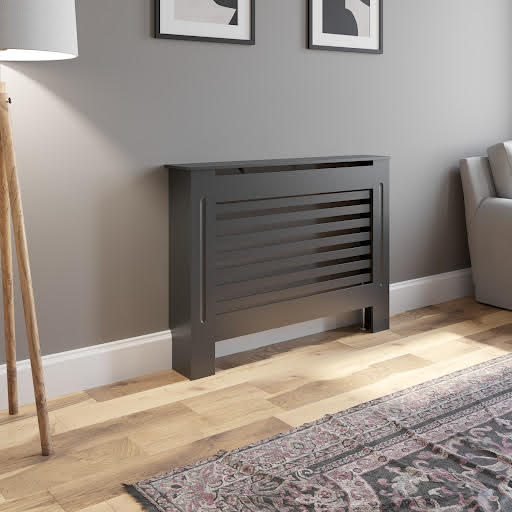DIY Tips for Installing a Radiator Cover with Ease
DIY Tips for Installing a Radiator Cover with Ease
Blog Article
Radiator Covers: Recognizing Products, Designs, and Advantages
Radiator covers offer both visual and practical objectives within a home, providing a series of materials such as steel, mdf, and hardwood to fit numerous design preferences. As designs evolveâEUR" from typical to contemporaryâEUR" these covers not just improve the visual allure of an area but also add to security and energy performance. Nonetheless, selecting the best radiator cover involves recognizing the subtleties of materials, layouts, and their connected benefits. This expedition increases essential inquiries regarding how these components incorporate into your living environment and what factors to consider ought to direct your choice procedure.
Kinds Of Products


Wood covers, commonly crafted from hardwoods such as oak or maple, give a traditional, warm look that complements typical interiors. Their resilience and ability to be tarnished or painted add to their flexibility. Steel covers, commonly made from steel or aluminum, are preferred for their toughness and modern appearance, frequently featuring streamlined lines that improve modern areas.
MDF, a manufactured timber product, is preferred for its cost-effectiveness and simplicity of modification. It can be repainted or finished to match existing decor while supplying a smooth surface area. Plastic covers, while much less common, are immune and light-weight to dampness, making them suitable for moist atmospheres.
Inevitably, the selection of product for a radiator cover need to align with the home owner's design preferences, functional requirements, and the particular atmosphere where the cover will certainly be mounted. Each product uses a distinctive personality, making certain that there is an alternative to match every preference and setup.
Popular Layout Styles
Stressing visual allure, preferred layout styles for radiator covers show a variety of preferences and indoor style patterns. Standard styles often include detailed woodwork and luxuriant describing, making them ideal for vintage-inspired or traditional interiors. These covers usually integrate sculpted components, providing a warm and inviting feel to any type of space.
In comparison, modern styles focus on minimalist appearances, identified by tidy lines and understated sophistication. Products such as metal or smooth wood with a smooth coating are commonly utilized, allowing these covers to blend perfectly into contemporary areas. Industrial styles, on the various other hand, welcome basic materials like subjected metal and concrete, adding a bold declaration to loft space or city setups.
For those seeking a distinct touch, bespoke designs use customization options that accommodate specific choices, allowing homeowners to pick colors, patterns, and materials that match their decoration. Furthermore, farmhouse-style covers integrate rustic components, including distressed timber and basic forms that stimulate a comfortable, country charm.
Advantages of Radiator Covers
Radiator covers not just enhance the visual allure of a room however additionally provide numerous practical advantages that make them a worthwhile addition to any type of home. Among the primary advantages is security, specifically in households with pet dogs or children. Covers decrease the danger of burns from warm radiator surface areas, guaranteeing a much safer setting.
In addition, find out this here radiator covers can improve energy efficiency. By guiding warmth right into the room instead than permitting it to run away, they help maintain a consistent temperature, lowering heating expenses gradually. This is specifically advantageous in older homes where radiator systems may be much less effective.
One more significant advantage is sound decrease. Radiators can in some cases create undesirable audios throughout operation, and covers can help smother these sounds, contributing to a more relaxed space. Furthermore, radiator covers can be functional, providing additional storage or display space, thus making best use navigate here of the utility of often-overlooked locations.
Finally, they can safeguard radiators from dust and particles, which can prevent performance and boost maintenance demands. With these integrated benefits, radiator covers arise as a sensible service for enhancing both the capability and style of any home setting.
Setup Factors To Consider
Setting up radiator covers requires mindful consideration to make certain both performance and safety (Radiator cover). Initially, evaluate the measurements of your radiator and the surrounding area to make certain an appropriate fit. Exact measurements are critical; an ill-fitting cover can block heat circulation or create safety and security dangers
Following, assess the material of the cover. While wood offers aesthetic allure, steel options may provide far better sturdiness and warmth resistance. Think about the weight of the cover too; much heavier covers might need added support or supports to prevent drooping or damage gradually.
Air flow is one more essential element. Covers must include adequate air movement to stop getting too hot and maintain effective home heating. Look for styles with slats or openings that enable warmth to distribute without blockage.
In addition, guarantee that the cover is firmly mounted to protect against accidents, particularly in homes with click here to read pet dogs or children. Radiator cover. It's a good idea to follow the producer's setup standards closely and, if required, get in touch with a professional for complicated installments
Upkeep and Care Tips
Correct upkeep of radiator covers is important for ensuring their durability and ideal performance. For repainted or timber covers, think about an appropriate gloss or protective covering to maintain their appearance.
Inspect the covers occasionally for indications of wear or damage, such as cracks or peeling paint. Addressing these concerns without delay can protect against further deterioration. Guarantee that the covers are securely secured and look for any loosened screws or installations, as resonances from the radiator can loosen them with time.
In chillier months, avoid putting heavy objects or attractive things in addition to the radiator covers, as this can impede warm distribution and cause unneeded anxiety to the framework. Last but not least, think about seasonal maintenance by eliminating the covers for extensive cleansing and evaluation during warmer months when the heater is inactive. Adopting these simple treatment suggestions will enhance the performance and aesthetic appeal of your radiator covers, guaranteeing they offer their objective properly for many years ahead.

Conclusion
In summary, radiator covers offer as visual and practical improvements to domestic rooms. Careful factor to consider of setup and upkeep additional makes certain the durability and performance of radiator covers in any home setting.
Radiator covers serve both aesthetic and practical objectives within a home, providing an array of products such as mdf, steel, and hardwood to fit various style preferences. Choosing the appropriate radiator cover includes comprehending the nuances of materials, styles, and their associated benefits.Emphasizing aesthetic allure, popular layout styles for radiator covers show a variety of tastes and indoor design fads.Radiator covers not just enhance the visual charm of a room however also offer numerous functional benefits that make them a beneficial addition to any kind of home. Take into consideration the weight of the cover as well; much heavier covers may need added assistance or supports to stay clear of drooping or damages over time.
Report this page